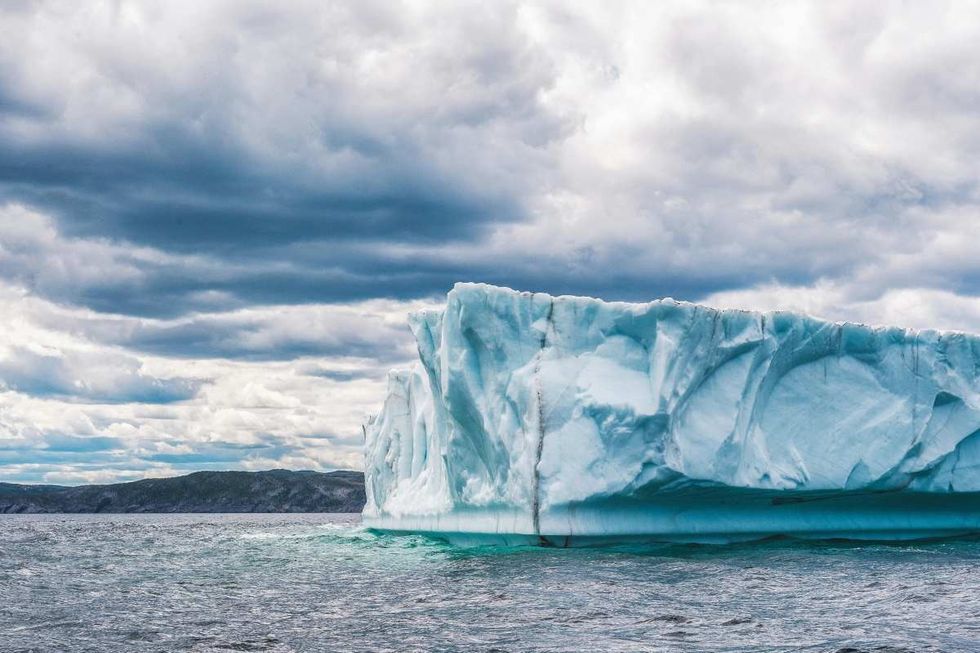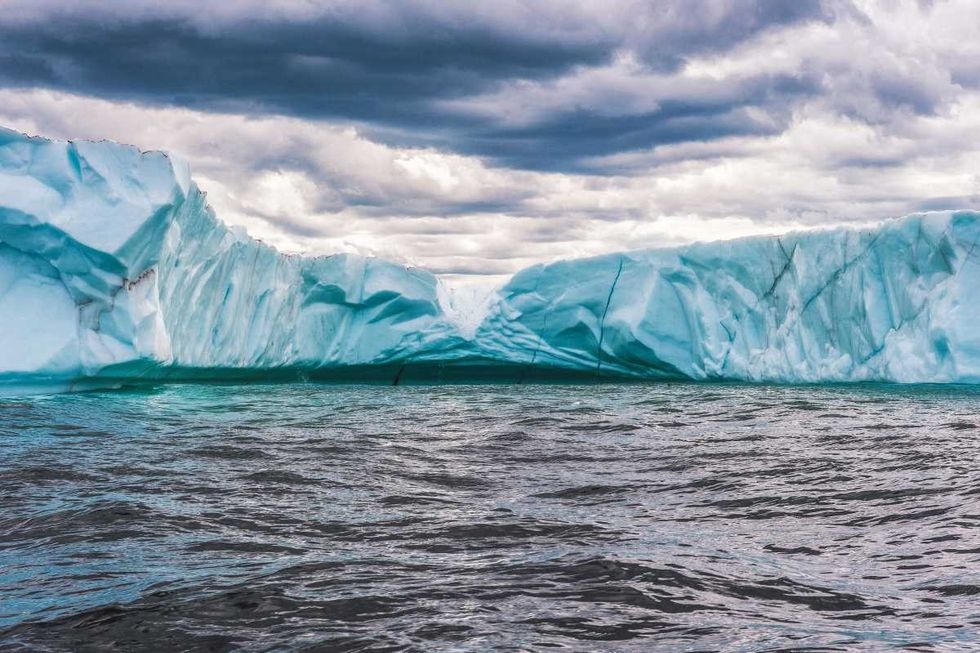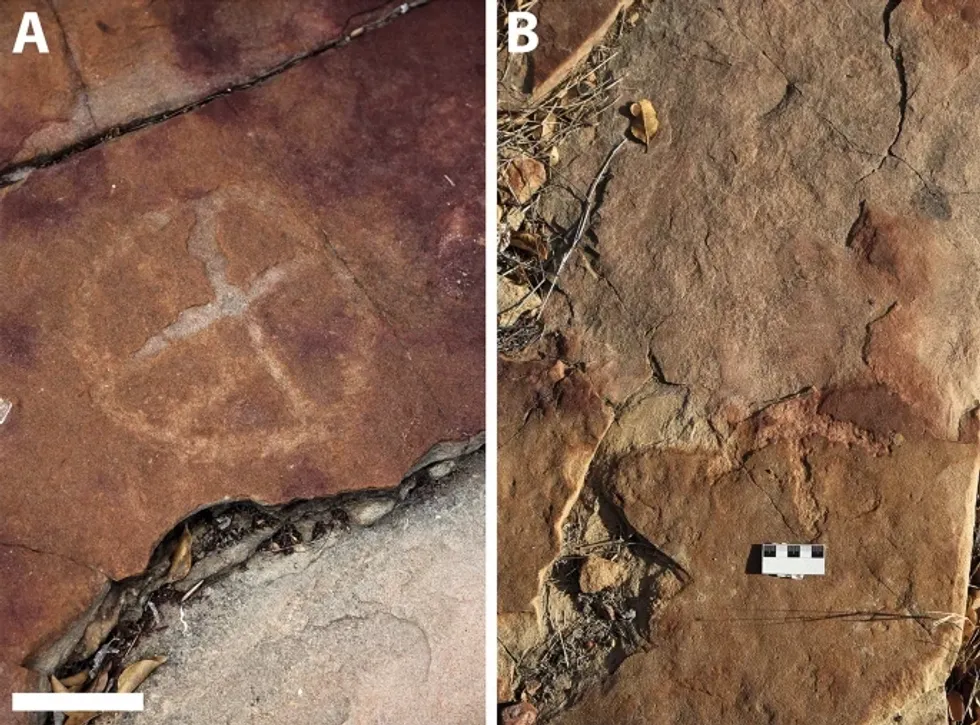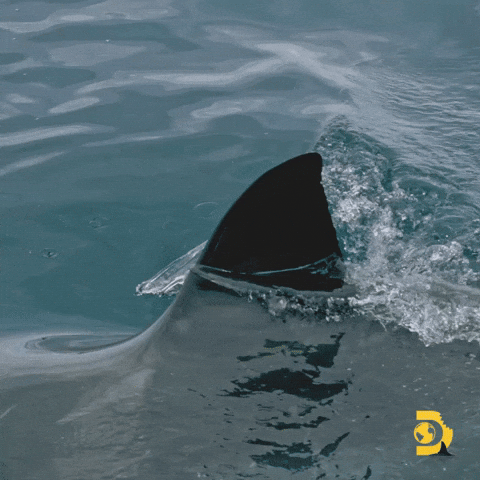About 375 miles northeast of the Antarctic Peninsula, near the South Orkney Islands, a colossal iceberg weighing one trillion tons is slowly spinning in the ocean like a giant top. This massive ice block, the world’s largest iceberg, is known as “A23a.” In February 2024, the British Antarctic Survey (BAS) announced that A23a had entered its “spinning era” and released footage of the iceberg rotating to Kylie Minogue’s “Spinning Around,” adding a touch of humor to the otherwise awe-inspiring event. The mesmerizing motion of this city-sized berg has captured the internet’s attention, thanks to its fascinating history.

Currently, the berg is “maintaining a chill 15-degree rotation per day,” as the BAS wrote on X. However, for the past three decades, the iceberg was still perfectly positioned at the Weddell Sea's bottom. It was not until 2020 that A23a finally detached, broke free from the seafloor, and started moving towards the Southern Ocean, per The New York Times. However, as it turned out, the iceberg never moved away. It stayed there for what seemed like a slow-motion dance session. It is now spinning on the other side of the South Scotia Ridge.
BAS used the imagery captured by instruments aboard NASA satellites between December 2023 to February 2024 to demonstrate the consistent rotation of the iceberg. But it's spinning around is not for no reason. This is a scientific phenomenon known as a “Taylor column.”
IFL Science explains Taylor’s Column as when a rotating cylinder of water forms when an ocean current meets a seamount. In this case, it is the Antarctic Circumpolar Current, that BBC describes as “a juggernaut that moves a hundred times as much water around the globe as all Earth's rivers combined.” This vigorous current meets a seamount or an underwater mountain in the Scotia Sea to trigger this twirling motion of A23a.
“It’s basically just sitting there, spinning around and it will very slowly melt as long as it stays there,” said Alex Brearley, a physical oceanographer and head of the Open Oceans research group at the British Antarctic Survey, per The New York Times. “What we don’t know is how quickly it will actually come out of this.”

Usually, after detaching from the seabed, most icebergs drift into the warmer waters, and after a warm bath, they eventually melt. But the fate of this gigantic iceberg is still uncertain. Different experts have different opinions as to what awaits it. For instance, Christopher A. Shuman, a glaciologist and research professor at the University of Maryland, Baltimore County, told The New York Times that A23a would eventually move toward the island of South Georgia in the South Atlantic and melt. Whereas, polar expert Professor Mark Brandon believes that “Usually you think of icebergs as being transient things; they fragment and melt away. But not this one,” per BBC. According to Mark, “A23a is the iceberg that just refuses to die.”

















 Rock deterioration has damaged some of the inscriptions, but they remain visible. Renan Rodrigues Chandu and Pedro Arcanjo José Feitosa, and the Casa Grande boys
Rock deterioration has damaged some of the inscriptions, but they remain visible. Renan Rodrigues Chandu and Pedro Arcanjo José Feitosa, and the Casa Grande boys The Serrote do Letreiro site continues to provide rich insights into ancient life.
The Serrote do Letreiro site continues to provide rich insights into ancient life.




 Music isn't just good for social bonding.Photo credit: Canva
Music isn't just good for social bonding.Photo credit: Canva Our genes may influence our love of music more than we realize.Photo credit: Canva
Our genes may influence our love of music more than we realize.Photo credit: Canva
 Great White Sharks GIF by Shark Week
Great White Sharks GIF by Shark Week

 Blue Ghost Mission 1 - Sunset Panorama GlowPhoto credit:
Blue Ghost Mission 1 - Sunset Panorama GlowPhoto credit: